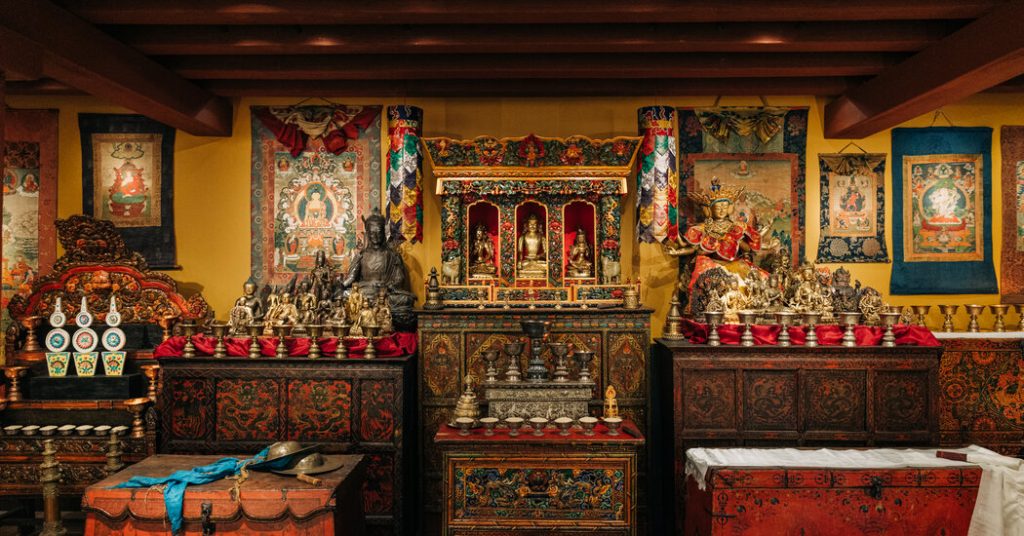The physical presence of an art museum is often a crucial aspect of its appeal, providing a unique atmosphere that enhances the viewing experience. The Rubin Museum of Art, located in the former Barneys New York building, offers a blend of design and art that sets it apart from other museums in the city. Its collection focuses on Himalayan Asian art, showcasing predominantly ancient and religious works from the region. With a sophisticated design, a diverse collection assembled by philanthropists Donald and Shelley Rubin, and customer amenities like a gift shop and cafe, the museum quickly became a popular destination since it opened in 2004.
However, the museum recently announced that it will be permanently leaving its physical space and transitioning to a “museum without walls.” This decision comes as a surprise to many who have enjoyed the museum’s unique ambiance and collection over the years. The Rubin was one of the few places in the country where visitors could access a major collection of historical Tibetan art, making it a significant cultural resource. Its programming extended beyond Tibetan Buddhism to explore other religious traditions and modern and contemporary Asian art, enriching the museum’s offerings and engaging a diverse audience.
Over time, the museum has faced challenges, including staff cutbacks, audience falloff due to Covid, and a shift towards audience-participation projects over traditional exhibitions. This has led to a perception of the Rubin as a diminished version of its former self, with a focus on experiential installations rather than scholarly exhibitions. The current exhibition, “Reimagine: Himalayan Art Now,” features contemporary artists of Asian descent responding to the museum’s historical collection, emphasizing the museum’s identity as a museum of the present rather than the past.
The Rubin’s decision to transition to a “museum without walls” raises questions about the future of physical museum experiences and the preservation of cultural institutions. As museums like the Museum for African Art have disappeared due to organizational issues, the Rubin faces a similar fate despite its unique offerings and dedicated following. The dispersal of its collection to university galleries and the promotion of projects like “Mandala Lab” as exports suggest a shift away from the intimate, contemplative atmosphere that made the Rubin a cherished place for visitors.
As the Rubin Museum prepares to close its physical space and move towards a digital presence focused on promoting Himalayan culture internationally, it marks the end of an era for a once-beloved museum. The memories of its unique exhibitions, scholarly contributions, and engaging programs will live on, but the loss of its physical presence will be felt by those who valued the museum as a place of inspiration and reflection. The transition to a “museum without walls” represents a changing landscape for cultural institutions and raises questions about the future of museum experiences in a digital age.


